5 Unexpected Ways Hot Curry Spices Can Spice Up Your Life (And Not Just Your Food)
Table of Contents
- Introduction
- Curry Spices 101: What’s the Big Deal?
- 1. Culinary Magic: Beyond the Curry Pot
- 2. Health Boosts You Didn’t Expect
- 3. Beauty Secrets from the Spice Rack
- 4. Cleaning Hacks with a Spicy Twist
- 5. Cultural Connections and Kitchen Conversations
- Conclusion
Introduction
If you thought hot curry spices were only good for setting your mouth on fire, think again. These aromatic powerhouses have been at the heart of global spice traditions for centuries — and not just in the kitchen. From health benefits to home hacks, this listicle will turn your spice rack into a toolbox for living better.
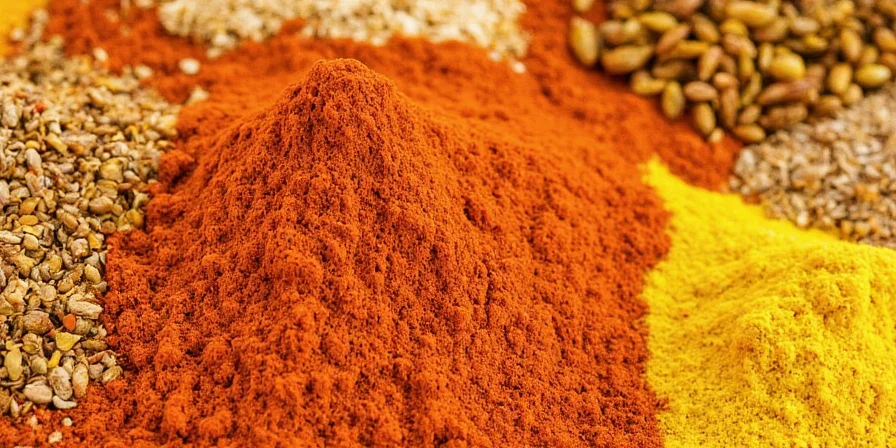
Figure 1: A vibrant collection of popular hot curry spices from around the world.
Curry Spices 101: What’s the Big Deal?
Curry isn’t one spice — it’s an entire symphony of flavors. The term refers to blends that vary wildly by region, culture, and even household. But common ingredients like turmeric, cumin, coriander, ginger, chili peppers, and fenugreek are usually key players. These spices aren’t just about heat; they pack antioxidants, anti-inflammatory compounds, and complex flavor profiles that can transform any dish — or lifestyle.
1. Culinary Magic: Beyond the Curry Pot
Yes, curry powders make great curries. But here’s how to break free from the pot:
- Spice up roasted veggies: Toss carrots, cauliflower, or sweet potatoes with curry powder and olive oil before roasting. It adds warmth and depth without overpowering the natural sweetness.
- Upgrade your popcorn: Mix melted butter with curry powder and a pinch of salt for a movie-night snack with flair.
- Elevate egg dishes: Scrambled eggs love a dash of mild curry. Add a bit of turmeric for color and a kick!
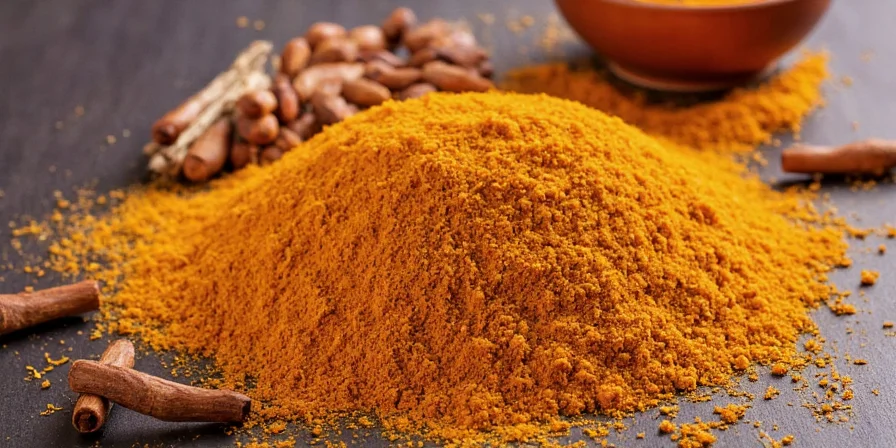
Figure 2: Curry-seasoned roasted vegetables for a flavorful twist.
2. Health Boosts You Didn’t Expect
Many hot curry spices come with built-in superpowers:
- Turmeric contains curcumin, known for its anti-inflammatory properties.
- Ginger soothes digestion and eases nausea.
- Chili peppers boost metabolism thanks to capsaicin.
- Cumin may help regulate blood sugar levels.
| Spice | Main Compound | Health Benefit |
|---|---|---|
| Turmeric | Curcumin | Anti-inflammatory, antioxidant |
| Ginger | Gingerol | Digestive aid, nausea relief |
| Chili Pepper | Capsaicin | Metabolism booster, pain relief |
| Cumin | Thymol | Blood sugar regulation, antimicrobial |
3. Beauty Secrets from the Spice Rack
Who needs expensive skincare when you’ve got these fiery beauties? Try these DIY recipes:
- Curry face mask: Combine 1 tsp turmeric, 1 tsp honey, and a splash of milk for glowing skin. Warning: don’t wear white when applying.
- Spiced hair rinse: Boil water with curry leaves and let cool. Use as a final rinse after shampooing for shiny, strong hair.
- Exfoliating scrub: Mix ground cumin with coconut oil for a roughage-rich body scrub.
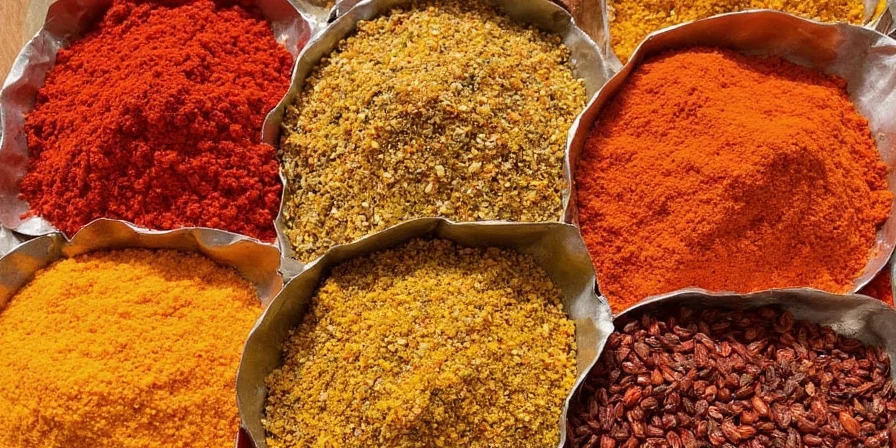
Figure 3: Turmeric face mask for radiant skin — beware the yellow tint!
4. Cleaning Hacks with a Spicy Twist
Your spice drawer is also your eco-friendly cleaning cabinet. Check this out:
- Antiseptic all-purpose cleaner: Mix turmeric and vinegar in warm water. Perfect for disinfecting surfaces without harsh chemicals.
- Odor neutralizer: Let simmer a mix of cinnamon sticks, cloves, and a touch of chili powder. Natural air freshener with a festive kick.
- Grease fighter: Cumin mixed with baking soda makes a gritty paste that cuts through grease in a snap.
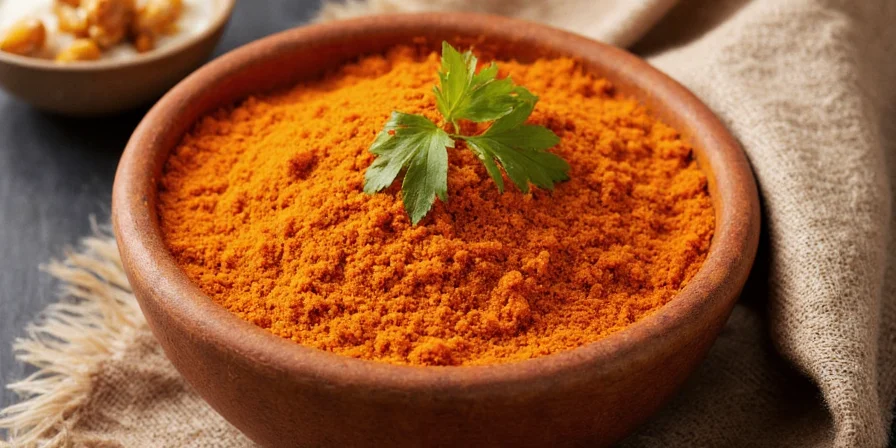
Figure 4: Eco-friendly cleaning using a spice-infused solution.
5. Cultural Connections and Kitchen Conversations
Curry spices aren’t just about flavor — they’re cultural storytellers. Here’s how to connect more deeply:
- Host a spice swap: Invite friends to bring their family’s signature curry blend and share stories behind them.
- Learn regional differences: Thai red curry vs. Indian garam masala — explore what makes each blend unique.
- Travel through taste: Recreate traditional dishes from different regions and discuss their history over dinner.
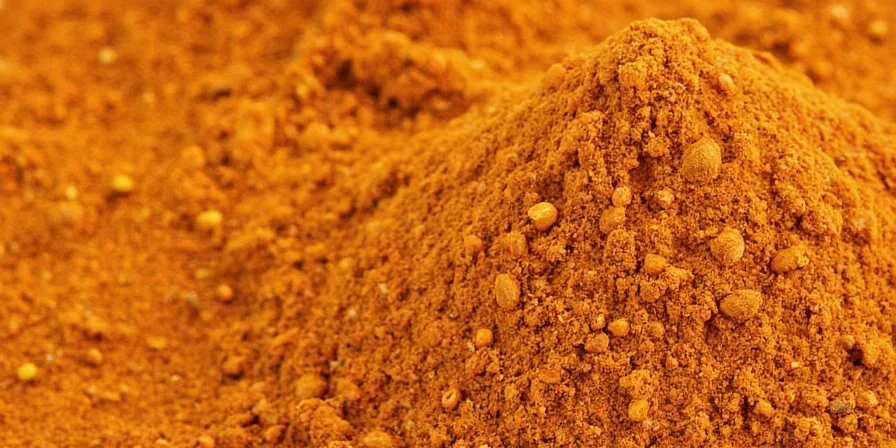
Figure 5: Family bonding over a shared spicy meal — tradition in action.
Conclusion
Hot curry spices aren’t just pantry staples — they’re lifestyle enhancers. Whether you’re spicing up your morning toast, soothing inflammation naturally, or bonding over a bold bowl of curry, these spices bridge cultures, kitchens, and communities. So go ahead, grab that jar, and let your inner alchemist experiment beyond the recipe book. After all, variety is the spice of life — and then some.

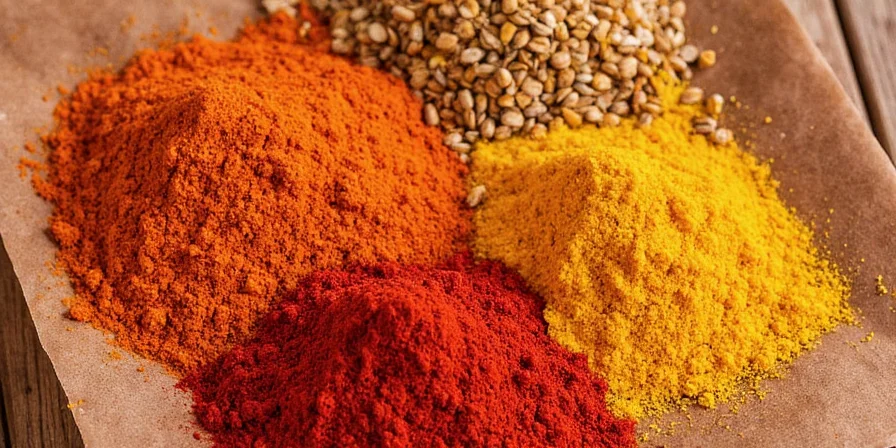









 浙公网安备
33010002000092号
浙公网安备
33010002000092号 浙B2-20120091-4
浙B2-20120091-4